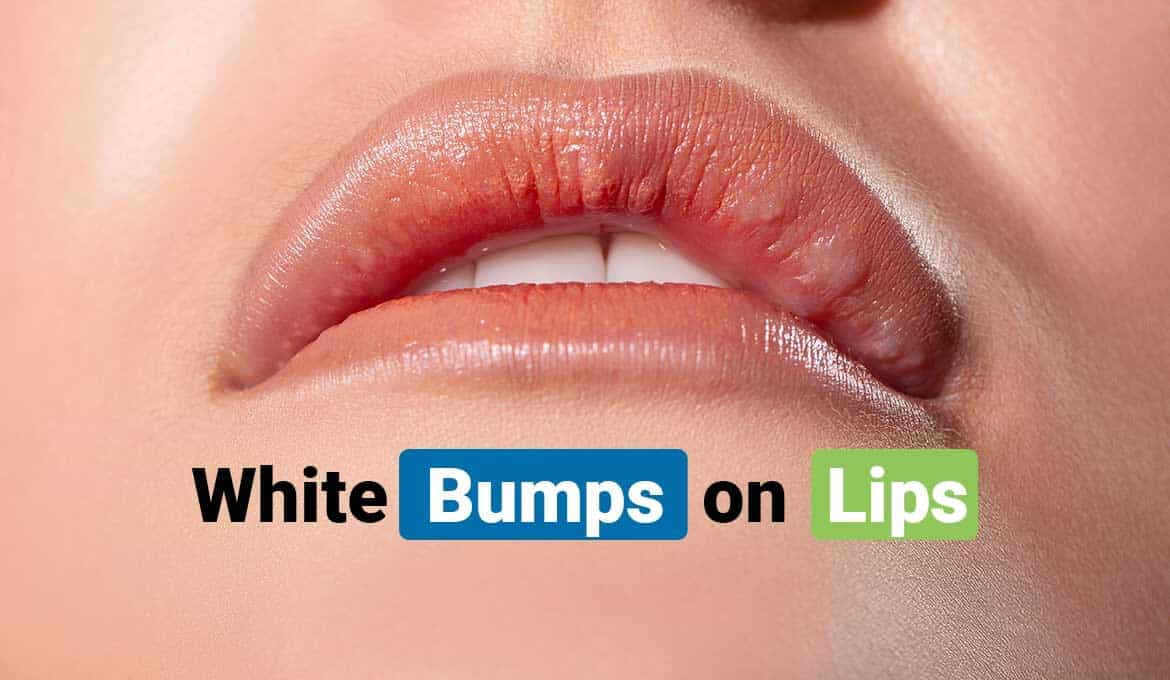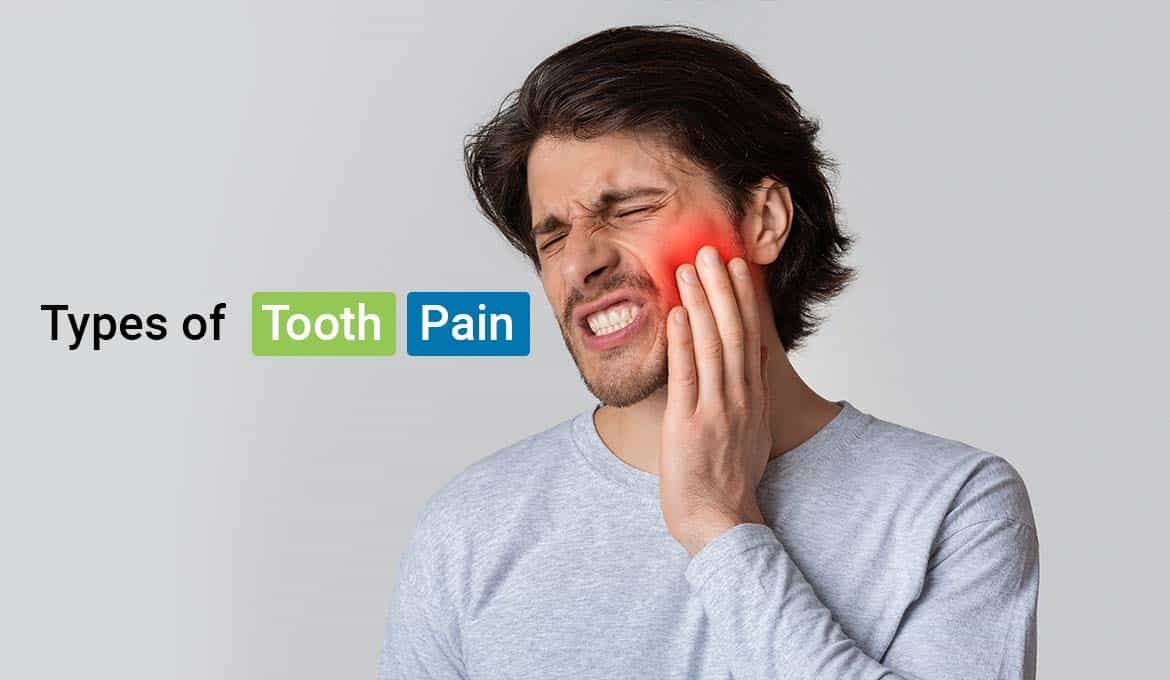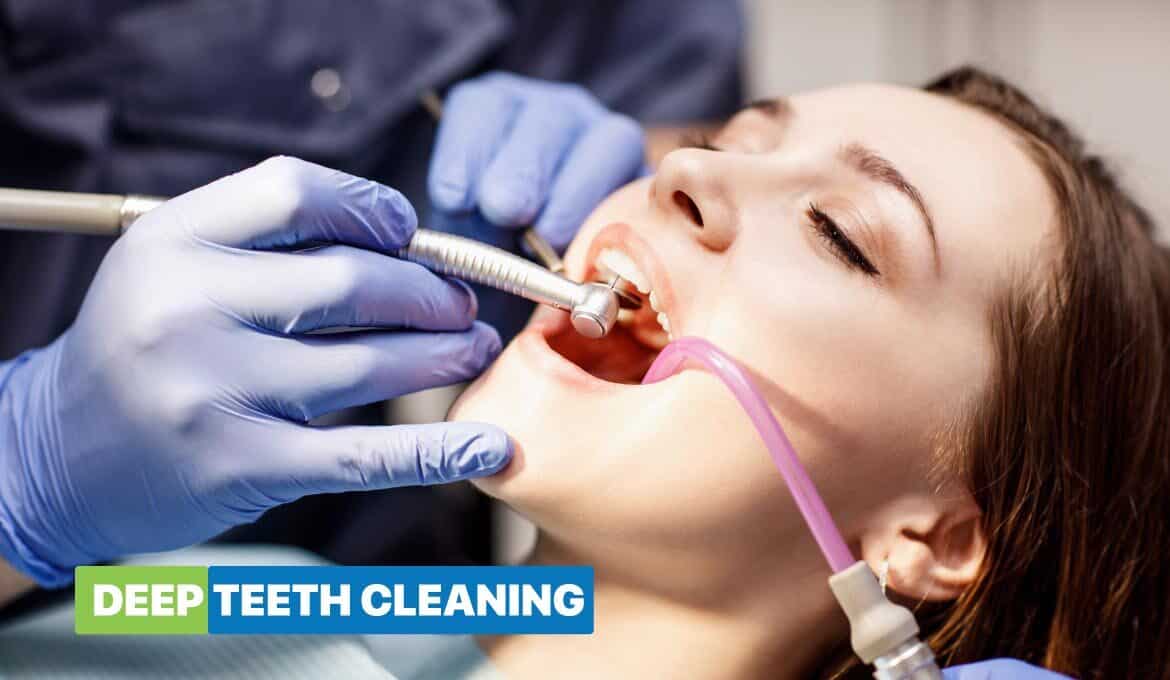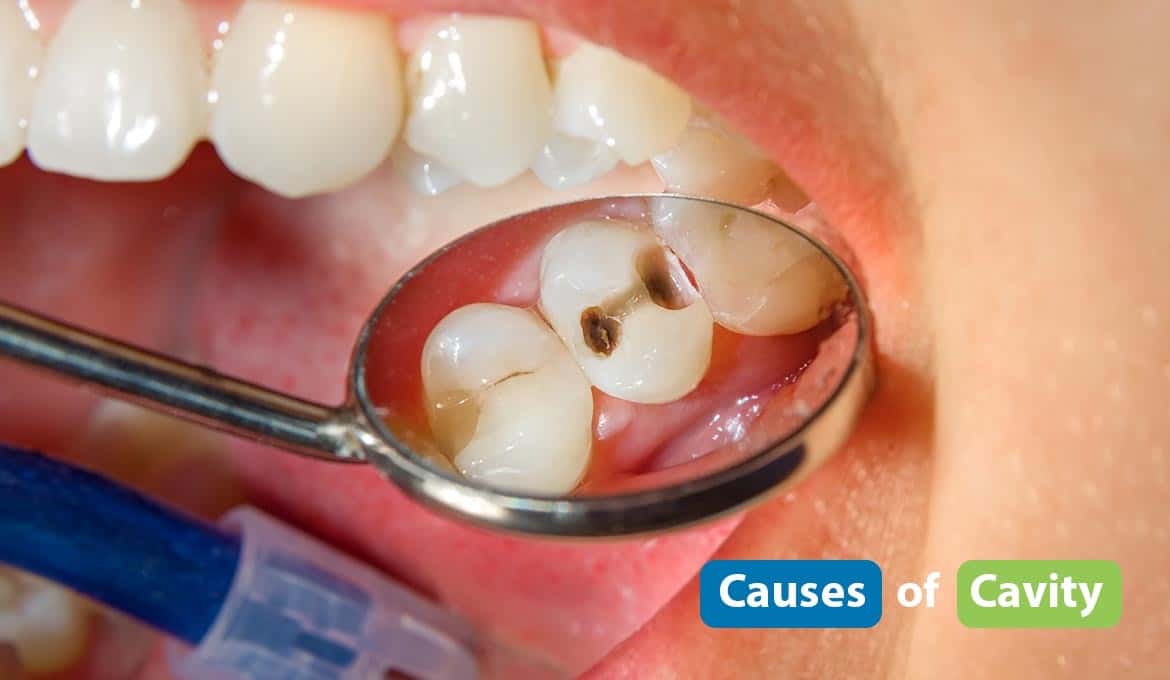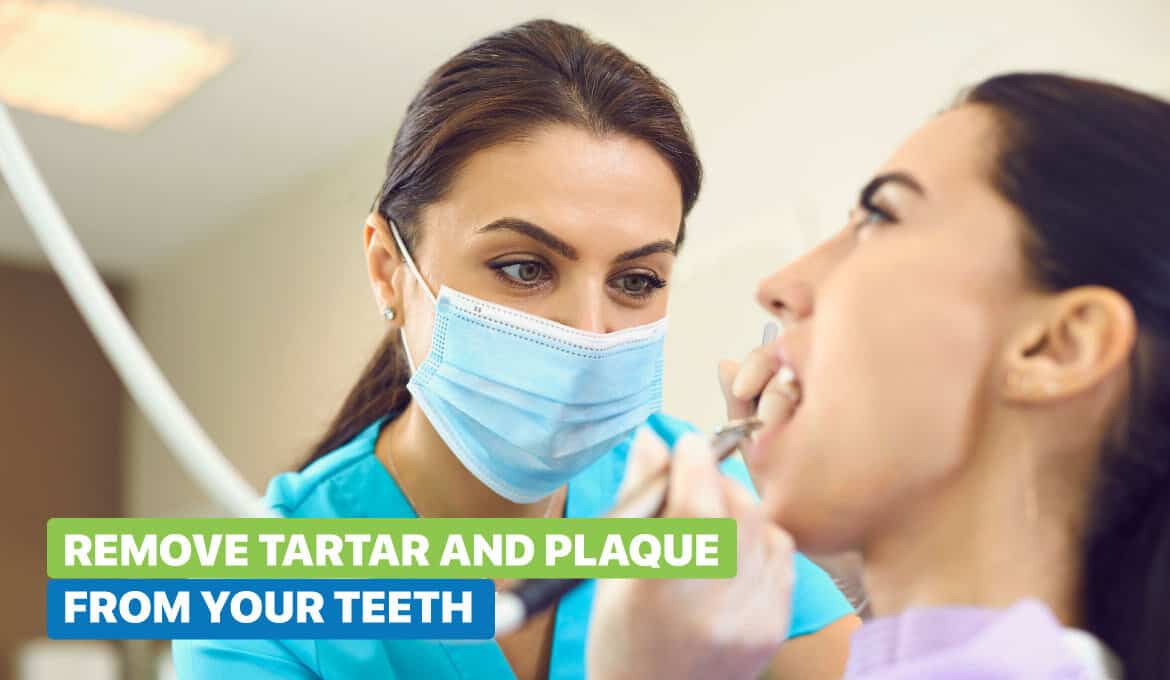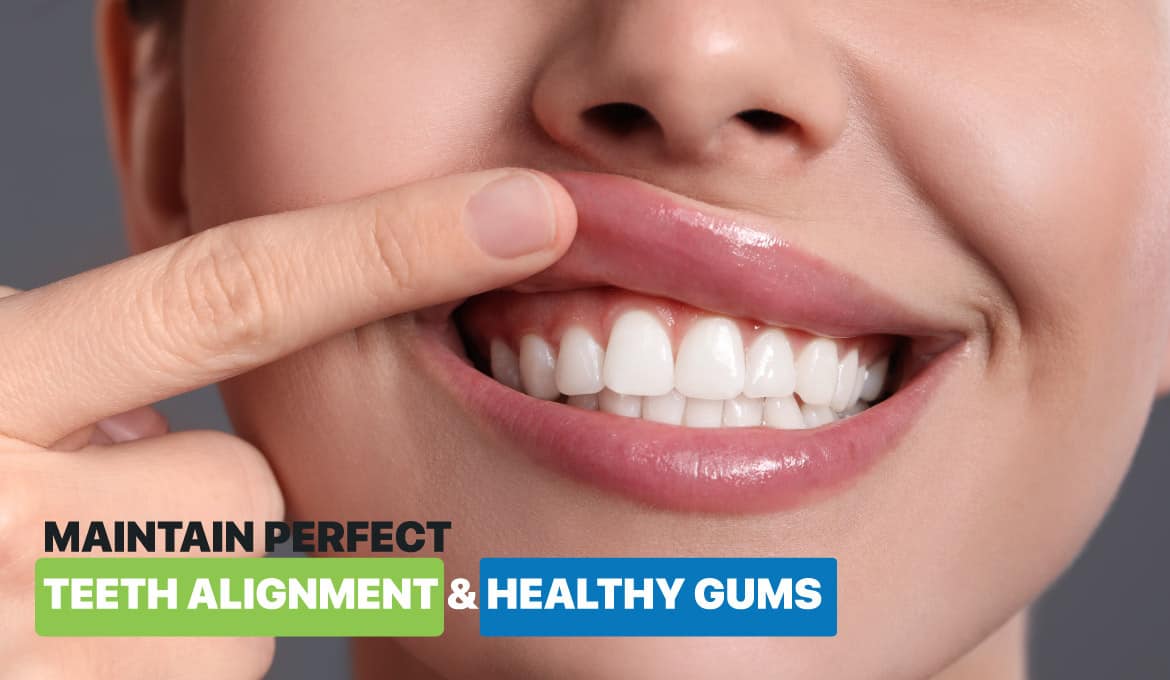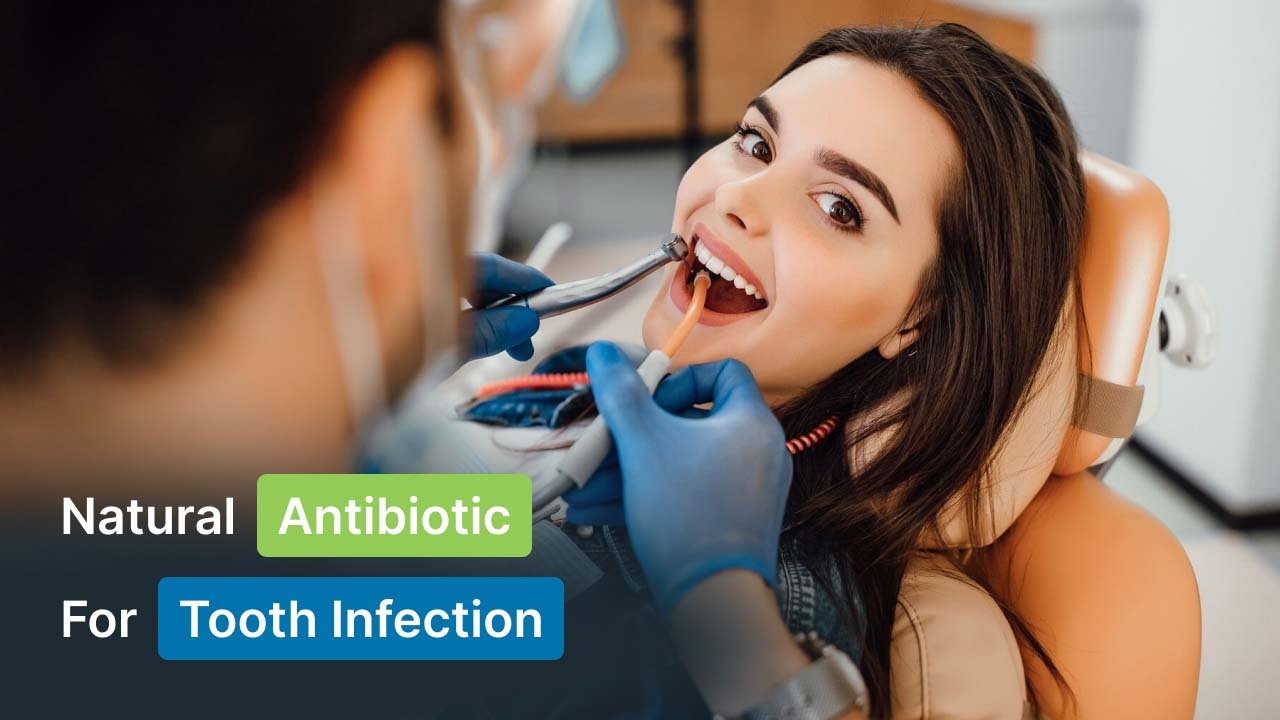
Having a tooth infection can be annoying and uncomfortable in many ways, especially when you don’t know what to do to ease that pain. It becomes more realistic when you feel sharp tooth pain in the middle of the night.
That’s exactly when you decide to look for home remedies to reduce your tooth pain. So, if you’ve been querying on Google about “What is the strongest Natural Antibiotic for tooth infection?” This blog is for you.
An infected tooth is a serious matter and shouldn’t be taken lightly. If left untreated, it can lead to serious complications.
While the only way to treat a tooth infection is by getting dental treatments, there are some natural antibiotics that can provide pain relief in the meantime.
Moreover, the overuse of conventional antibiotics has raised concerns about antibiotic resistance and side effects. So, what is the strongest natural antibiotic for Tooth Infection?
Keep reading to explore the best natural antibiotics for tooth infection, which are most affordable and effective.
What is a Tooth Infection?
A tooth infection, also called a dental abscess, usually occurs as a result of tooth decay or untreated cavities. However, it can also develop due to failed dental work, cracked teeth, or traumatic injury.
When an infection happens, it causes a pocket of pus to form in the mouth as a result of an overgrowth of harmful bacteria in the soft tissue.
This infection brings many complications like swelling, unbearable pain, or sensitivity in the area. This can affect your ability to eat, talk, sleep, or even do any activity.
Tooth decay is extremely common these days, especially among American adults. According to a recent report, nearly 91% of adults aged 20-64 have tooth cavities. Also, around 27% of people in the same age group have untreated tooth decay.
What Is The Strongest Natural Antibiotic For Tooth Infection?
Natural antibiotics are a safe and effective alternative to traditional antibiotics for treating tooth infections.
Tooth infections don’t always require conventional antibiotics. The American Dental Association (ADA) recommends against using antibiotics, like oral amoxicillin and penicillin, to treat the majority of tooth infections because of possible adverse effects.
You may experience nausea, diarrhea, yeast infection, or headache after taking these antibiotics. Some people may get allergic reactions to such antibiotics. In severe cases, dental treatments like drainage, deep cleaning, or a root canal may be necessary.
However, if things are not severe and you are waiting to be seen by a dentist, you can consider some of these best natural antibiotics for tooth infection:
1. Clove Oil –
Clove oil is known to have strong analgesics and anti-inflammatory properties. They contain eugenol, a chemical ingredient that acts as a natural anesthetic.
Clove has traditionally been used as an effective natural remedy for tooth infection and pain. No wonder clove is an active ingredient in many dental products, especially toothpaste. It is also used in fungal and yeast infections.
Clove oil usually comes in both dilute and concentrated forms. The concentrated form is a stronger version and is called essential clove oil.
How to use:
- If you’re using concentrated clove oil, dilute it by mixing it with 3-5 drops of essential oil and 2 tablespoons of carrier oil. The carrier oil could be coconut oil, olive oil, or jojoba oil.
- Apply the diluted clove oil to the affected area with a few drops on a cotton swab. Do it 3-4 times per day for quick results.
- If you can’t find clove oil anywhere, you may use dried cloves from your kitchen to numb the pain. All you have to do is place 1 or 2 cloves in your mouth between the teeth that hurt for 10-20 minutes, and you’ll notice the pain is gone.
2. Garlic –
Next up on our list is garlic. It is known to be a powerful natural antibiotic for tooth infections and pain. Not only that, it has been used in ancient times for many therapeutic uses. Garlic has an active component called allicin, which possesses strong antimicrobial and anti-inflammation properties.
This compound can help fight against bacteria and give temporary relief. It is responsible for its unique odor and taste (which some of us don’t like!) and acts as the strongest natural antibiotic for tooth infection, as reported by some.
How to use:
- To use garlic for tooth infection, make a fine paste by crushing 1-2 garlic cloves. Then, rub it directly on the affected area.
- For optimal results, apply the garlic paste multiple times a day.
- You may also find readymade garlic concentrates available in the drug or grocery stores. It’s a great option if you prefer an alternative to the pungent taste of raw garlic.
- But try not to exceed the recommended dosage as it may induce internal bleeding.
3. Baking soda –
Baking soda, chemically known as sodium bicarbonate, is another best natural antibiotic for an abscessed tooth. It is a safe, effective, and affordable way to reduce the growth of harmful bacteria in your mouth and ease gum and tooth discomfort. Baking soda is easily available on the market.
How to use:
- Make a paste in 1:1 using baking soda and water. Apply it to your affected gum.
- Another method is mixing baking soda with a glass of water and rinsing your mouth well.
4. Ginger –
Ginger is another effective natural antibiotic for tooth infections. It contains glycerol, which helps fight off the infection and provides instant relief.
Apart from that, it also prevents the reproduction and growth of harmful bacteria in your mouth. Ginger is also known for lowering the risk of gingivitis and gum disease.
How to use:
- Make a paste by crushing fresh ginger using a pestle and mortar.
- You can also add a small slice of ginger into your mouth and chew using the affected tooth. This helps reduce swelling and infection around the tooth.
5. Turmeric paste –
You must have used turmeric as a part of your skincare regimen or for treating common colds. If you don’t like garlic’s odor or taste, you can switch to turmeric.
This multi-purpose spice has natural antibiotic and antiseptic properties that you can use to treat your tooth infection.
How to use:
- Add one tablespoon of turmeric powder to 4-5 drops of water to make a paste. Mix well until it is completely consistent.
- Apply it on the affected tooth and keep it for 2-3 minutes. Rinse thoroughly with water.
- Do this two or three times per day until your pain reduces.
6. Peppermint –
Peppermint is widely known for its antiseptic properties, which are backed by science. As a result, it’s a great natural antibiotic for tooth infections. Similar to clove, it possesses numbing properties.
One study discovered that peppermint was one of three oils that worked as an effective intracanal antiseptic solution against oral pathogens. This means peppermint may effectively prevent the bacteria overgrowth.
How to use:
- If using peppermint oil, just add 3-4 drops of oil to a cotton ball and apply it directly against the infected tooth. It will give a numbing effect.
- Add one teaspoon of dried peppermint leaves to a glass of boiling water and steep for 15-20 minutes. After cooling, swish it around in your mouth and then spit it out.
- You can also hold a warm, moist tea bag against the tooth for 5-10 minutes until the pain disappears.
7. Warm salt water –
You might have come across this common advice from dentists and even your grandmother. Rinsing with warm salt water is the most simple yet effective home remedy to reduce the symptoms of a tooth infection.
This natural at-home remedy helps kill bacteria and slow down the spread of the infection. In addition, saltwater rinsing helps remove clear from your mouth, break up pus surrounding teeth, and promote proper wound healing.
How to use:
- Take ½ tablespoon of salt and mix it with ½ cup of warm water. (Remember to use warm water as it easily dissolves with salt and offers soothing relief.)
- Rinse your mouth with it. Try to swish it around inside your mouth, focusing on the infected tooth. Spit it out.
- Repeat this 3-4 times per day.
While rinsing with saltwater won’t stop the infection, it can surely provide temporary relief if done several times a day. Incorporate this habit every day to promote wound healing and healthy gums.
8. Aloe Vera –
You might be aware of the many benefits Aloe vera offers. In fact, you might already be using it for your skincare or haircare routine. Interestingly, it is also used in relieving tooth infections.
Aloe vera has antibacterial and anti-inflammatory properties, which may help resolve your tooth abscess. It can help treat cuts, burns, mouth sores, tooth pain, rashes, and other skin irritations.
What’s more, the astringent properties of aloe vera gel help minimize swelling and inflammation.
How to use:
- Simply apply the aloe gel onto the affected area with a clean finger or cotton buds.
- You can also use cold-compressed organic aloe vera gel as it contains more beneficial compounds than the processed versions do.
9. Cold Compresses –
This is an effective Do-it-yourself remedy for temporary pain relief. Cold compresses are best when your face gets swollen as a result of a tooth infection.
They are great for reducing swelling, temporarily numbing pain, and reducing inflammation.
How to use:
- Simply keep a cold compress on the painful area for 15-20 minutes. Repeat as many times to ease the discomfort.
- Since most typical ice packs are big in size, try creating your own cold compress by wrapping one ice cube in a fresh towel, much like a tiny ice pack,
- You can also use an ice cube and massage it directly into sore gum to relieve tooth pain. Some people also use a bag of frozen peas.
But again, this home remedy does not treat your tooth abscess, so you’ll need to apply a cold compress in combination with other home remedies mentioned on our list.
10. Hydrogen peroxide (H2O2) –
You may likely have a bottle of hydrogen in your first aid kit, but did you know it can be used for your tooth infection? Food-grade hydrogen peroxide is a common disinfectant due to its antiseptic and antibacterial properties.
In dental care, they kill bacteria and toxins present in your mouth. They also reduce dental plaque, which is a sticky film formed on teeth.
In fact, many mouthwashes you see in stores contain hydrogen peroxide as an active component. The bacteria causing tooth infection cannot survive the oxygen released by hydrogen peroxide, and as a result, they die.
How to use:
- Mix a 1:1 ratio of OTC 3% hydrogen peroxide (H2O2) and warm water.
- Gargle with this mixture for 2-3 minutes, focusing on the infected tooth.
- Spit it out and rinse your mouth thoroughly.
- Avoid swallowing the solution at all costs.
- Rinse your mouth as many times as you need until your symptoms get better.
You can also consider buying mouthwash from a pharmacy and rinse with it twice daily. Even if your tooth infection disappears, try to incorporate it into your daily routine to promote good oral hygiene.
11. Oil pulling –
Oil pulling is an old practice that helps in removing bacteria from the infected tooth. People have used it for centuries as a means to help with mouth issues.
The idea behind this natural remedy is that it keeps the bacterial load in check. This means when you rinse the oil, it traps the bacteria and toxins in its molecules.
Some of the oil options include coconut oil, oregano oil, olive oil, and sesame oil.
How to use:
- Take one tablespoon of your preferred oil in your mouth. (similar to mouthwash)
- Thoroughly swish the oil around with a focus on the infected tooth for about 15-20 minutes.
- Do it as many times as you need. The more you do it, the better the effect will be.
- Oil pulling works best in the morning on an empty stomach.
12. Echinacea –
Echinacea, a popular herb, is also a great option when it comes to treating tooth abscesses naturally. Also known as coneflower, it has been famous as a toothache plant in American culture.
Due to its immune-boosting properties, it may help fight off tooth infections. Echinacea also boasts anti-inflammatory qualities, which can help minimize swelling and pain associated with tooth abscesses.
Further, consuming Echinacea supplements or tea can enhance your body’s natural defenses and 10X your healing process.
How to use:
- Take the Echinacea herb diluted in a cup of water and swish it around the infected tooth.
- Repeat this for 2-3 times a day.
Tips For Good Oral Hygiene
Aside from the above tried-and-tested home remedies for tooth infection, there are some oral hygiene tips and habits you can look into:
- Brushing 2X a day with fluoride toothpaste
- Limit your sugar intake
- Visit your dentist regularly for dental checkups
- Floss regularly to remove plaque and tartar from or between your teeth
- Use an antibacterial mouthwash daily.
- Do not forget to brush your tongue as well.
- Cutting down on sugary food and drinks
- Avoid smoking and tobacco products
- Eat a healthy diet, avoid soda, and stay hydrated.
When to See a Dentist?
While natural antibiotics for tooth infection may provide temporary relief, they cannot treat the underlying infection itself.
You may still require dental care from an expert. If the infection gets severe, persistent, or deep, you shouldn’t ignore it. Get it treated by a professional dentist. Otherwise, you‘ll have to face serious consequences.
There are a few signs that could indicate your tooth infection, so get an immediate consultation from a dentist.
- Intense and persistent tooth pain with a pulsating sensation
- Sensitivity to hot and cold
- Throbbing discomfort in the jawbone, neck, and ear
- Toothache accompanied by fever
- Swollen cheeks and face
- Unpleasant taste in the mouth (typically salty taste)
- Difficulty breathing and swallowing
- Swollen lymph nodes under the neck or jaw
- Sensitivity to the pressure (chewing or biting)
If you notice some of these signs, your tooth infection could be serious and require immediate help. So, contact your doctor/dentist right away and get it treated appropriately.
They will likely prescribe you penicillin-based antibiotics and pain relief. In severe cases, they may need to drain the abscess or remove the infected tooth. Only a qualified dentist can do this treatment. So, never try to pull or break your teeth at home, as it may complicate things.
Note: You can leave your teeth infection untreated for a maximum of 2-3 days. This is because your cheeks and face may start swelling, and you’ll experience sharp pain day by day. So, why would you want to leave it swollen and face such unbearable pain?
Your safest bet is to make an appointment with a dentist and get it treated as soon as possible.
Takeaway!
So, you can try all 12 natural antibiotics and see which works for you. Remember, tooth infection is a serious issue that comes with serious long-term consequences.
They may lead to gum damage, tooth loss, sepsis, etc. Although these natural antibiotics can’t treat the underlying tooth abscess, they can undoubtedly ease your pain and discomfort.
Always get your tooth infections checked and treated by a certified dentist to avoid further complications. You’ll want to make sure that the infection that caused the abscess doesn’t spread to other areas of the mouth, and your doctor can prevent that from happening.
Above all, you must maintain good oral hygiene. Try to keep your teeth free from bacteria by brushing your teeth twice a day, flossing, and visiting your dentist at least once every six months.
FAQs
1. What kills tooth abscess bacteria?
Ans: Antibiotics are the best way to kill dangerous tooth abscess bacteria and prevent them from spreading. Some of the common antibiotics include Amoxicillin, Cefoxitin, penicillin, and cephalexin. Natural antibiotics like clove, garlic, menthol, and turmeric may also kill bacteria in your mouth.
2. What is the strongest natural antibiotic for tooth infection?
Ans: Clove oil is one of the strongest natural antibiotics for tooth infections due to its antibacterial, anti-inflammatory, and analgesic characteristics.
3. How do you treat a tooth infection without antibiotics?
Ans: You can treat tooth infections with some home remedies such as clove oil, garlic, turmeric, baking soda, hydrogen peroxide, oil pulling, and rinsing with warm salt water.
4. How can I drain my tooth infection at home?
Ans: Hydrogen peroxide is the best at-home remedy to safely pop an infected tooth or gum abscess.
5. Why do you prefer natural antibiotics for tooth infections?
Ans: Natural antibiotics are more effective for tooth infection as they provide many benefits over traditional antibiotics, including being gentler on the body and having fewer side effects.
Read Also:



